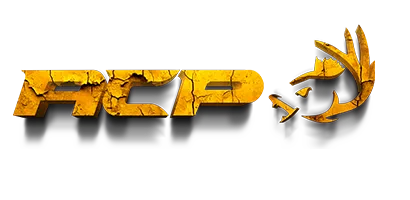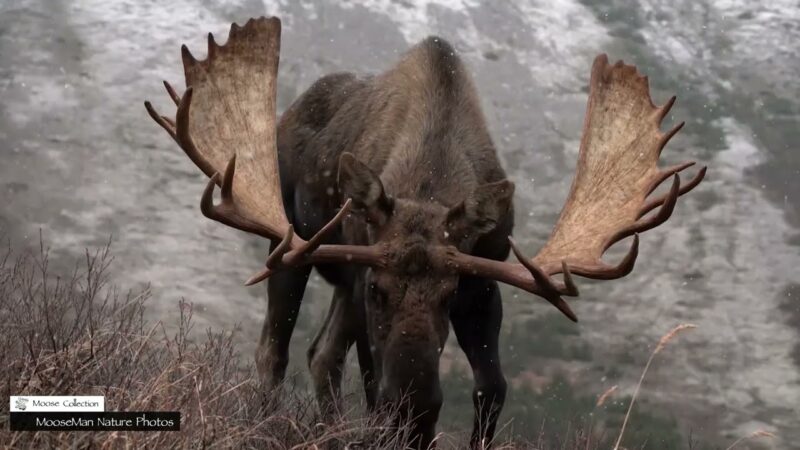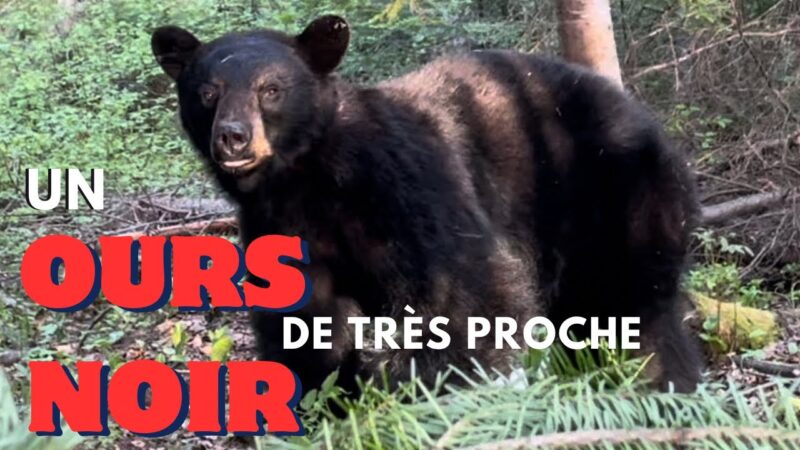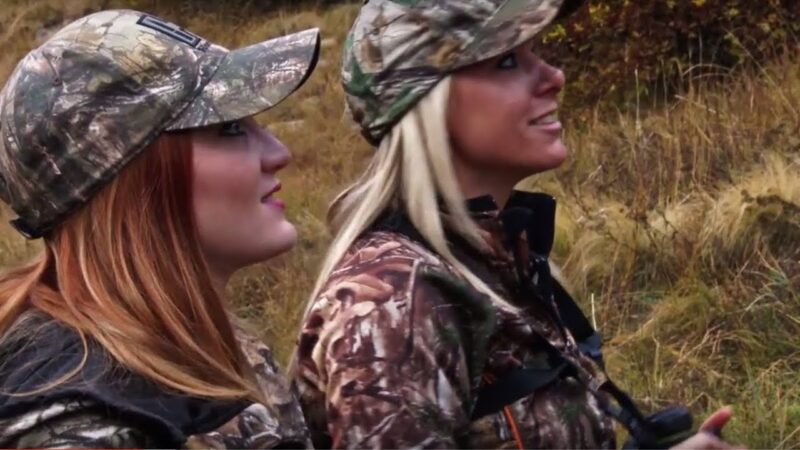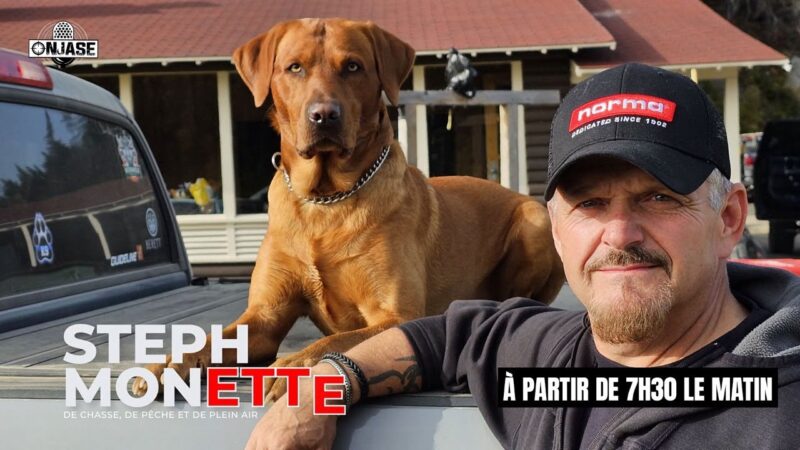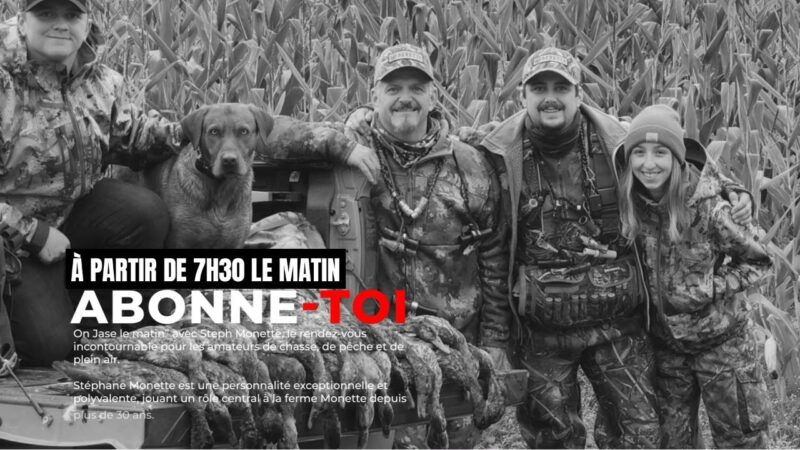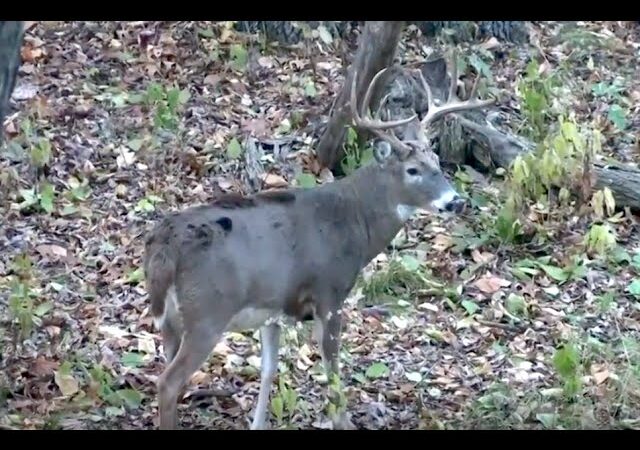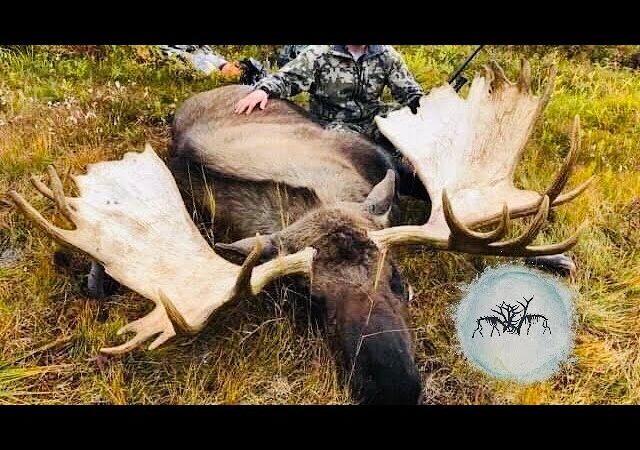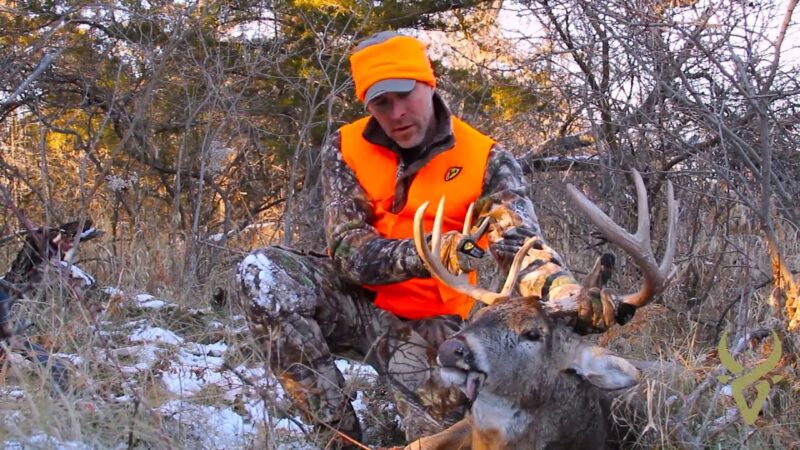Reviews
User Score
Rate This
Descriptions:
Natural sounds for calling moose
Natural sounds to call moose | Adventure Hunting Moose Deer Outfitters and Outdoors
Natural sounds for calling moose
Natural sounds for callingmoose with Michel Therrien Our columnist Michel Therrien gives you some great ideas for natural calls. Did you know that simply playing in a gentle body of water can be a call in itself? You’d be surprised at the impact this can have on a moose’s auditory universe. Good hunting season! BY ENCYCLOPEDIA CANADA
Power supply
In winter, moose graze on the new buds of balsam fir, as well as the twigs of hardwoods such as birch, aspen, willow, red dogwood and hazel. In summer, moose feed mainly on leaves and aquatic plants. From spring to early autumn, he also uses lickable blocks and blocks of highly concentrated mineral salts naturally found in swamps, streams and mud. Roadside salt deposits (due to winter salt spreading) are also visited.
Reproduction and development
The moose mating season, sometimes called the “rut”, involves a series of behavioral and physiological changes that begin as early as mid-August. Breeding starts in mid-September and usually ends around the second week of October. During this mating season, females make themselves heard with a loud, long call and males, when searching for receptive females, use a deep, guttural growl. While a few precocious females reproduce at a year and a half, the others usually have done so by the autumn of their second birthday. Their gestation period is around 230 days, and babies are born in spring. Newborns generally weigh between 12 and 16 kg, are reddish-brown and hide in secluded spots while the mother is grazing.During the mating season, bull moose urine takes on a pungent odor. Males dig a shallow hole in the ground and urinate. Then they vigorously kick their front legs into the hole to splash urine onto their heads, dewlaps and the underside of their antlers. As for the females, they moisten their snouts with this urine, lie down in the hole the males have dug or rub their heads on the male’s dewlap. Research suggests that urine helps synchronize ovulation in females.
Living with humans
Moose are a traditional food source for the aboriginal peoples who share their habitat. In Eastern Canada, these groups include the Abenaki, Wolastoqiyik, Mi’kmaq and Algonquin. In central Canada and the plains, the Huron-Wendat, Ojibwe, Cree and Dakota feed on them, while from the plains to western Canada, the Siksika, Ktunaxa and continental Salish feed on them. Along the northwest coast, the Tlingit, Nuxalk, Nisga’a, Tsimshian and Nuu-chah-nulth hunt it, as do the Dene and Inuit First Nations in the subarctic and Arctic respectively. Finally, the Métis in various parts of Canada also feed on moose. Moose hunting generally takes place in late summer and early fall, as well as in late winter and early spring. How animals are found depends on the group; some, like the Mi’kmaq, travel to hunt, while others, notably those in the Algonquin cultural group, hunt on land belonging to individual families. For most aboriginal peoples, hunting is primarily a male activity, but among the Ktunaxa, the whole family participates.Moose is also hunted by non-aboriginals, according to guidelines established by each province and territory. In some provinces, motorists pose a serious problem for animals. In spring, yearlings begin to roam without the help of their mothers, and moose of all ages are attracted by roadside vegetation and winter salt. In New Brunswick, for example, around 400 moose are killed by motorists every year, and the majority of these collisions occur in spring and summer.
Issues

Logging and mining facilitate access to habitats previously inaccessible to moose, bringing them closer to hunters and other predators. Climate change is also a constant challenge for moose, as it increases the risk of disease. For example, winter ticks(dermacentor albipictus) are, despite their name, associated with warmer weather. A single moose can host tens of thousands of these ticks, and the fact that they feed on the animal’s blood has a negative impact on its behavior, weight, blood levels and reproductive health. Moose calves are particularly vulnerable, and their mortality rate is high. Similarly, the northward movement of white-tailed deer – due to warmer weather – is a major concern, as they carry a brain parasite that can kill moose. As moose populations decline, predators such as bears and wolves focus on young moose during the calving season, further complicating population recovery.
Michel Therrien hunting guides
Michel Therrien grew up surrounded by hunting, fishing and trapping guides. Over the years, following in the footsteps of various experienced guides has enabled him to develop his passion and recognized expertise. For over 20 years, author and columnist Michel Therrien has been sharing his knowledge of animal life and sport hunting.
Michel Therrien moose and deer hunting
It offers moose and deer hunting courses. His in-depth courses focus on hunting techniques that facilitate the harvesting of these noble big game animals. His aim is to entertain people while promoting learning from his adventures with woodsmen, and he shares his experiences with intensity and passion. A well-known speaker at wildlife and hunting events, he is an active participant in major outdoor, hunting, fishing and camping shows in Quebec City and Montreal.
Michel Therrien video and educational capsules
For several years now, Michel has been enjoying making video and educational vignettes. His primary concerns are respect for the environment and for animals, as well as the importance of educating people, whether hunters or anglers, about the role of harvesting activities and the art of doing it right! Michel founded the Chasse Québec team, which specializes in video production, training and guiding.
